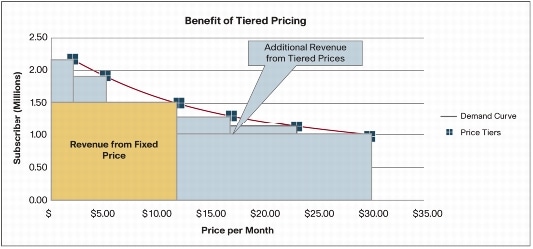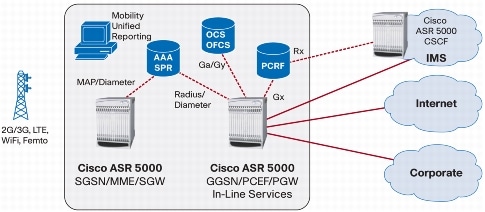Validas posted to its Blog a preview for a comprehensive study on wireless data consumption it is going to publish on September 1st.
See "
Verizon Wireless Smartphones Consume More Data than iPhones" -
here.
Study Highlights Include:
• Growth in data users from 42% to 53% of total subscribers between 2009 and 2010
• Increase in mean MB usage per user from 96.8 MB to 145.8 MB
• New Smartphones, excluding iPhone and Blackberry, drove the greatest increases in usage, with an increased mean consumption per user from 139 MBs to 415 MBs, and 87% of subscribers with usage to 94% of subscribers
• Mean data consumption among aircard users grows 8% from 1,373.3MBs to 1,485.2MBs
• Increase in data users among feature phones from 27.3% to 36.7% with an increase in mean data consumption from 46.1 MBs to 67.9 MBs
• Verizon Wireless posts the largest percentage increase in mean data usage per user from 48.2MB to 147.2 MB; increase from 33.4% to 42.9% lines with data usage
• T-Mobile second largest percentage increase in mean data usage per user, from 44.6 MB to 120.6 MB, but virtually no growth in overall percentage of lines with data usage
• Sprint increased from 36.9% of lines with data usage to 49.9%, but mean usage per user decreased from 166.5 MB to 133.4 MB due to increase in % of users consuming 50MBs or less per month
• AT&T continues to lead with 71.2% of users with data usage, up from 58.4%, with increase in mean usage per user from 111.9 MB to 149.6 MB
• VZW posted largest increase in aircard/laptop card mean usage per user, from 1.25 GB to 1.6 GB
Related posts:
- AT&T CTO:"AT&T recently faced a shortage of the components needed to improve its network" - here
- Yankee Group: 4G Video is a Killer App, but might be a Network Killer - here
 "In addition to creating the benchmarks that capture the performance of a system providing DPI, EEMBC will standardize the setup and certification methodology, as well as the standardized run and reporting rules."
"In addition to creating the benchmarks that capture the performance of a system providing DPI, EEMBC will standardize the setup and certification methodology, as well as the standardized run and reporting rules."


































